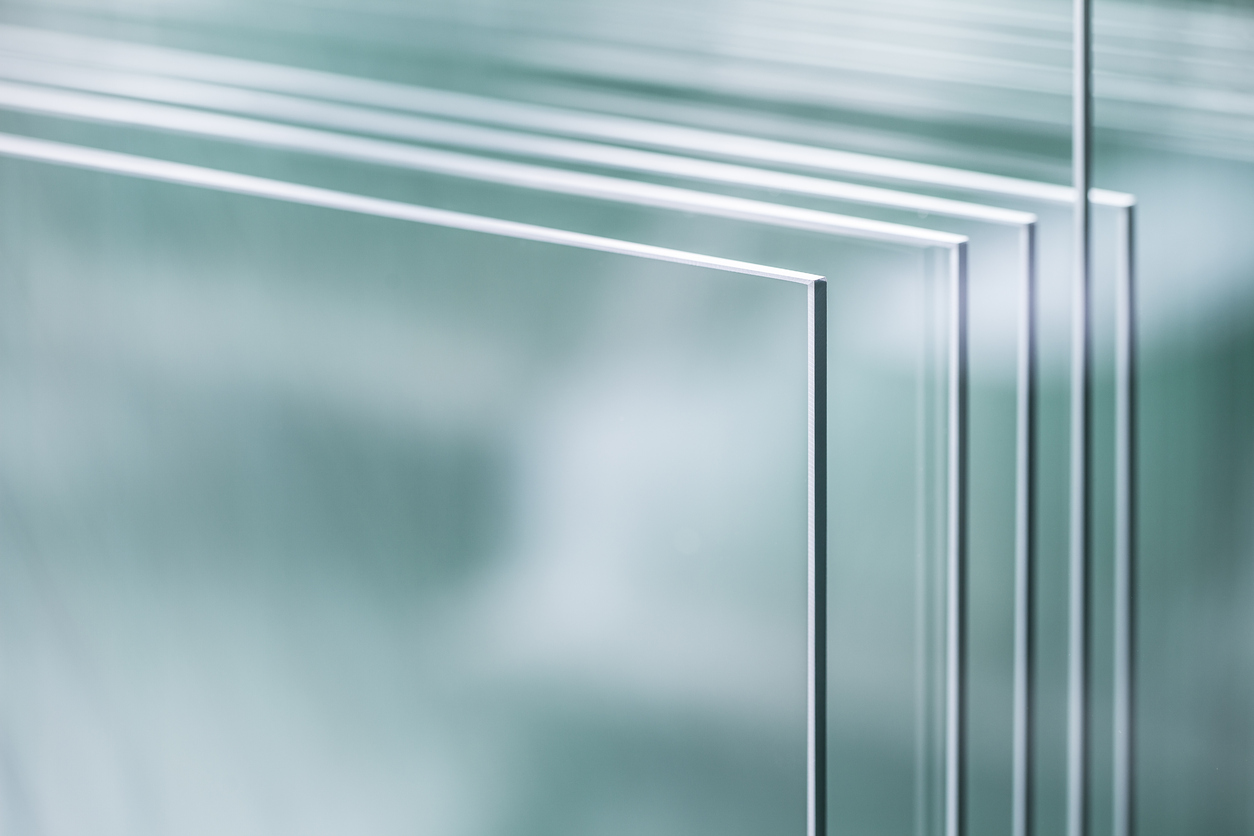

Understanding the Costs of Low-E Replacement Glass
When it comes to home improvement and energy efficiency, one significant upgrade homeowners consider is replacing their windows with low-emissivity (low-E) glass. This type of glass has become increasingly popular for its ability to enhance energy efficiency, reduce heating and cooling costs, and improve indoor comfort. However, understanding the associated costs of low-E replacement glass is crucial for homeowners looking to invest in this upgrade.
What is Low-E Glass?
Low-E glass is a type of insulated glass that has a special coating designed to reflect infrared light while allowing visible light to pass through. This means that during the winter months, low-E glass reflects heat back into the home, and during the summer, it reflects heat away from the interior, helping to maintain a stable indoor temperature. This technology not only contributes to energy savings but also reduces the strain on heating and cooling systems.
Cost of Low-E Replacement Glass
The cost of low-E glass replacement can vary significantly based on several factors, including the type of glass, window size, installation complexity, and geographical location. On average, homeowners can expect to pay between $300 to $700 per window for low-E glass replacement, including the cost of materials and labor.
1. Material Costs The price of low-E glass itself can range from $4 to $12 per square foot. The variation in price is largely influenced by the brand, quality, and any additional features, such as dual glazing or Argon/Krypton gas fills, which enhance insulation.
2. Window Size and Type Larger windows will naturally incur higher costs. Additionally, custom-shaped or sized windows may require more specialized manufacturing, further increasing the price. Standard sizes are typically more cost-effective since they can be produced in larger quantities.

3. Installation Costs Labor costs can also vary depending on the complexity of the installation. Simple replacements may add less to the overall cost, while challenging installations, such as those requiring structural modifications or working with older homes, can boost labor expenses. On average, installation costs range from $100 to $250 per window.
4. Geographic Variability The location significantly impacts the cost of window replacement. In urban areas or regions with a higher cost of living, both materials and labor tend to be more expensive. Homeowners should gather multiple quotes from local contractors to ensure competitive pricing.
Additional Considerations
Beyond the initial costs, homeowners should also consider the long-term benefits of investing in low-E glass. Although the upfront cost may seem significant, the energy savings over time can offset much of the expense. Homes with low-E windows can see energy savings of 10% to 25% on heating and cooling costs. Additionally, low-E glass helps protect interior furnishings from fading by blocking harmful UV rays, extending the life of carpets, furniture, and artwork.
Rebates and Incentives
Many local governments and utilities offer rebates and incentives for homeowners who upgrade to energy-efficient products, including low-E glass. It's worth researching available programs in your area, as these can help reduce the overall cost of replacement.
Conclusion
Investing in low-E replacement glass is a smart choice for homeowners looking to enhance energy efficiency and comfort in their homes. While the costs can be significant, the long-term savings and benefits make it a worthwhile investment. By understanding the various factors that contribute to the overall expense and exploring available rebates, homeowners can make informed decisions that positively impact their comfort and budget. As energy efficiency continues to be a priority for many, low-E glass represents a step forward in creating sustainable and comfortable living environments.